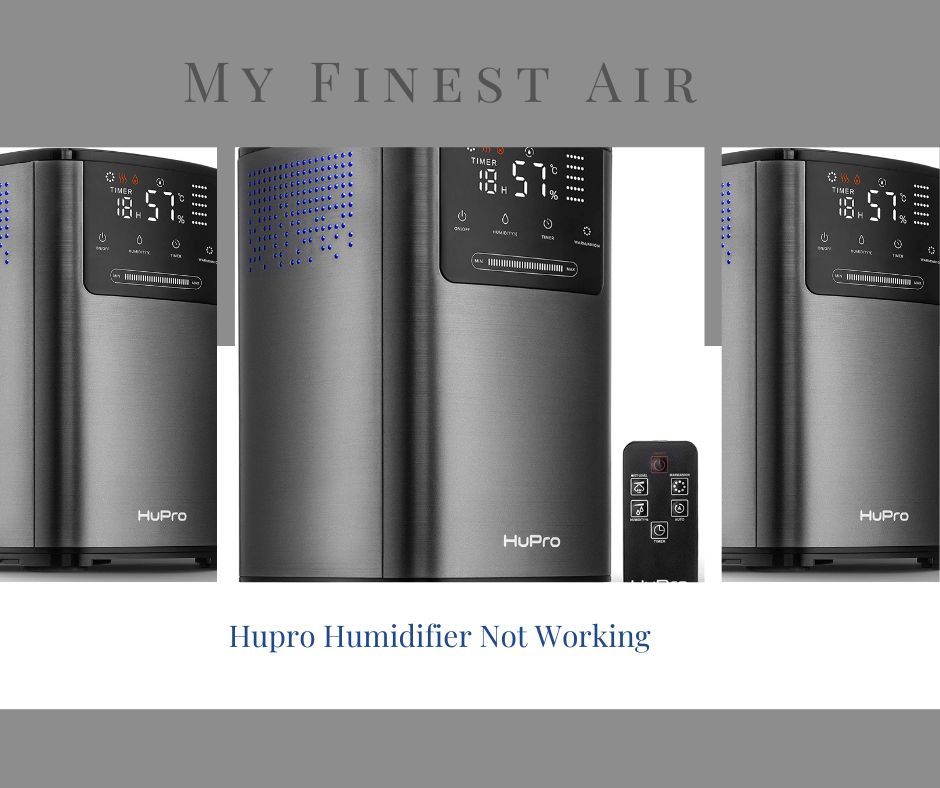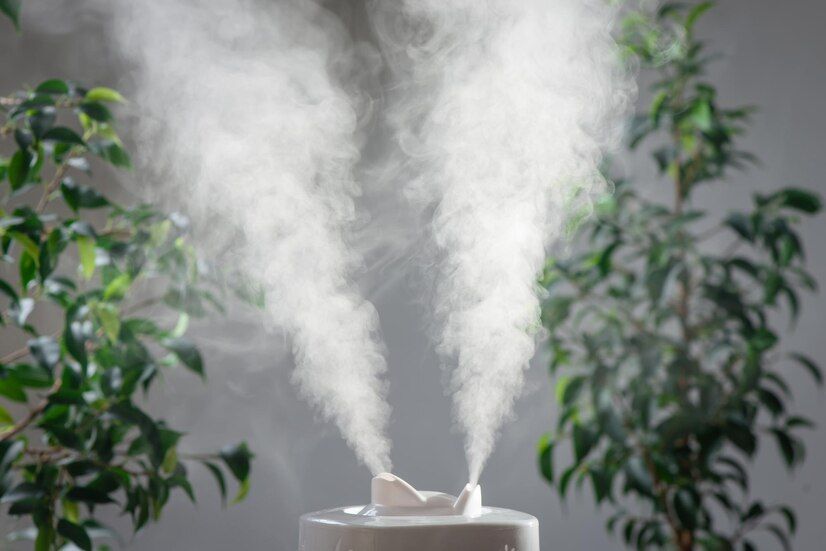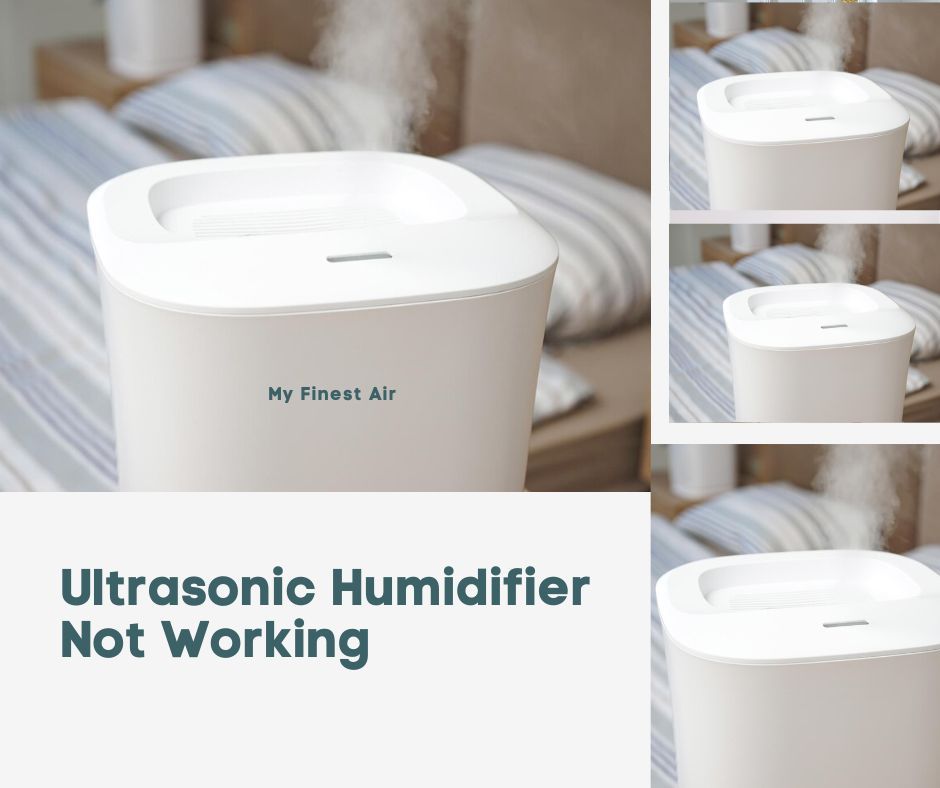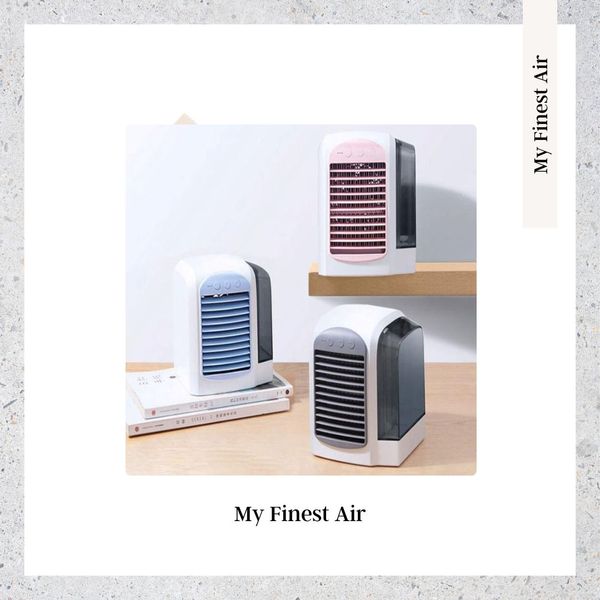But like any other appliance, ultrasonic humidifiers can go wrong from time to time. In this article, we'll explore some common problems with ultrasonic humidifiers and how to fix them. From broken fan blades to clogged tanks, we have you covered.
Ultrasonic Humidifier Not Working – Possible Reasons
Unfortunately, these humidifiers are often incompatible with certain materials and can damage them. The failure of a humidifier need not make you panic; with a little investigation and effort, you can get it working again. If your ultrasonic humidifier isn't working, there are a few things to check:
- Ensure the power is turned on and plugged into an outlet.
- Ensure the water reservoir is full and the water filter is clean.
- Make sure the water tank is screwed in securely.
- Check for obstructions in the water line or drainage pipe.
Other Major Issues- Ultrasonic Humidifier Not Producing Mist
An ultrasonic humidifier will not produce sound if the assembly is incorrect or the diaphragm is clogged. It's advised to clean the humidifier at least once a week to avoid buildup, and the device should be assembled according to the instructions. The following are some of the common but major issues with ultrasonic humidifiers.
Diaphragm Obstruction
The diaphragm of an ultrasonic humidifier might become clogged if it is not properly maintained. The vibrating membrane may become clogged with dirt and other particles if used for lengthy periods without being cleaned. Insects that have made their way inside the humidifier may be to blame for these items.

A variety of different substances can hinder the vibrating membrane. You will reduce the mist production of your device in this situation.
The Power Supply Is Faulty
The source of power is a power transformer producing 35-40 volts. A rectifier bridge of four diodes receives this power.
To filter the bridge's output, a smoothing capacitor with a value between 2 and 50 uF is utilized (C5 or capacitor connected immediately after the bridge). If the smoothing capacitor is not installed correctly, the oscillator circuit will not get enough d.c. Power.

The oscillator's capacitors may be faulty, leading it to oscillate at low frequencies to power the transducer. If this transistor fails, the oscillator will most likely fail as well. Inspect the transistor to confirm it is working properly. It's worth noting that not all transistors have the same functional properties. The equivalent of a transistor may not perform as planned.
Related: Air Innovations Humidifier Not Working - Let’s Find Out
A Faulty Device
The possibility, however remote, that you purchased a malfunctioning ultrasonic humidifier remains. If you do not know either of these issues, you should probably get in touch with the product maker.
Most ultrasonic humidifiers come with a warranty that covers defective parts. However, this varies by model. Use the guarantee with your purchase to receive your money back or a replacement ultrasonic humidifier.
An Incorrect Configuration
Check that the humidifier is not skewed, that the water tank is firmly fastened, and that the power line is in good condition. It is critical to configure a device correctly. Otherwise, the device will not work.
It's always a good idea to read the manufacturer's instructions before assembling a new item. The most common cause of leaks is incorrect water tank installation. Turn on the device and listen to the sound of water flowing; if you don't hear it, ensure the tank is correctly inserted.

Ways to Fix an Ultrasonic Humidifier That Isn't Working
If you're experiencing an ultrasonic humidifier that isn't working, there are several ways to fix the issue. The first step is checking to see if the humidifier is turned on. Ultrasonic humidifiers typically have a switch on the back or side of the unit to turn them on. If the humidifier isn't turning on, check the power outlet of the humidifier. If that doesn't work, you'll need to remove the unit and clean everything inside.
Cleaning the inner water tank's membrane and the gap between the membrane and the frame will remove debris. To clean it, use water from the faucet or a garden hose, but take care not to damage the electrical components inside the case. After cleaning the humidifier, reassemble it and turn it on. Finally, if all those solutions fail, you may need to replace the ultrasonic humidifier assembly.
Why Do We Need Ultrasonic Humidifiers?
An ultrasonic humidifier uses sound waves to evaporate water from the air and cool the water vapor. A device that employs ultrasonic waves to saturate the air with moisture is called an ultrasonic humidifier.
They are usually used in hospitals and clinics because they are very efficient at removing moisture from the air. Ultrasonic humidifiers work by sending out high-frequency sound waves that break down water vapor into its component molecules.
This then creates a mist that the dry air can absorb. You can take your ultrasonic humidifier with you because it is small and simple.
Tips To Prolong Ultrasonic Humidifier Life
It is important to keep the unit clean when using an ultrasonic humidifier to prolong its life. One common issue with ultrasonic humidifiers is that they can become plugged up with a buildup of minerals and debris.
This can cause the humidity level in the room to decrease over time, leading to drier skin and lungs. It is important to regularly clean the unit by removing all buildup and debris to prevent this from happening.
Conclusion
If your ultrasonic humidifier isn't working, there are a few things you can do to troubleshoot the issue. First, check the water level and make sure it's topped off. Second, check to see if the power is turned on (it should be plugged into an outlet and have a light turning on).
Third, try moving the humidifier around - sometimes, something as simple as moving it from one side of the room to another can fix the problem. If all of these attempts fail, contact your seller or manufacturer for help.









